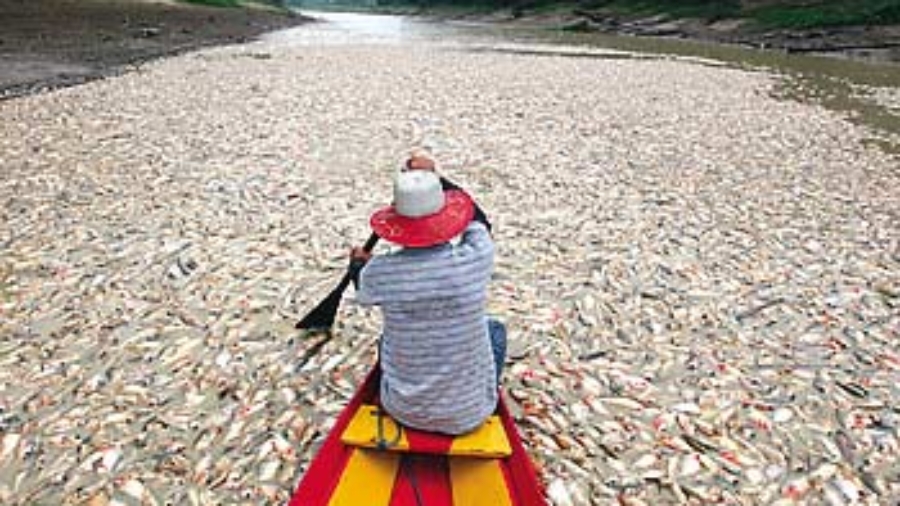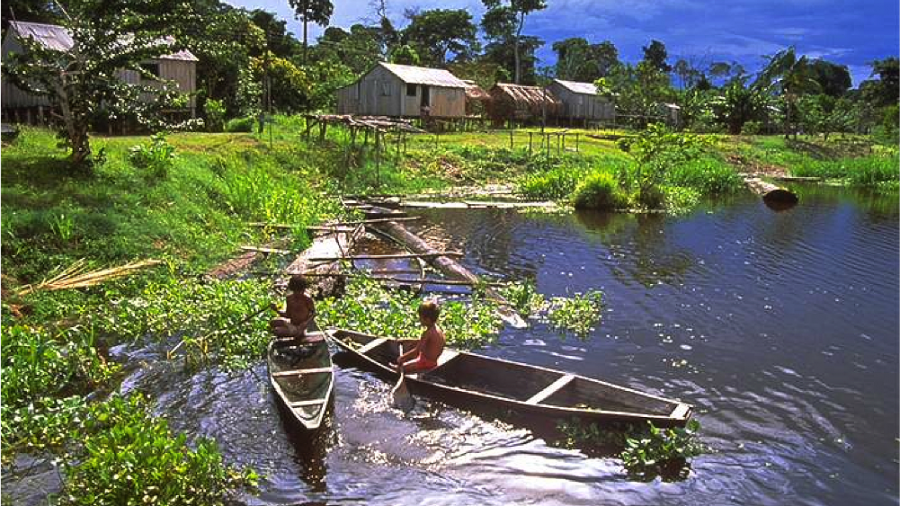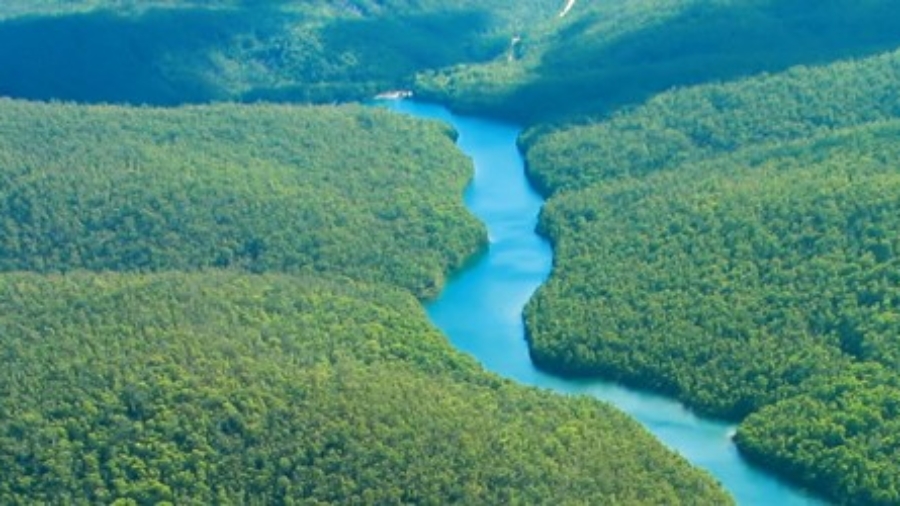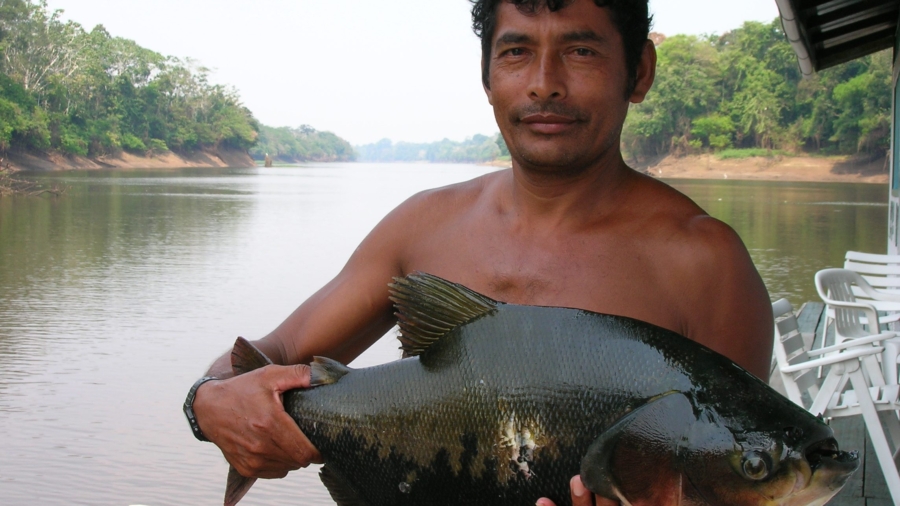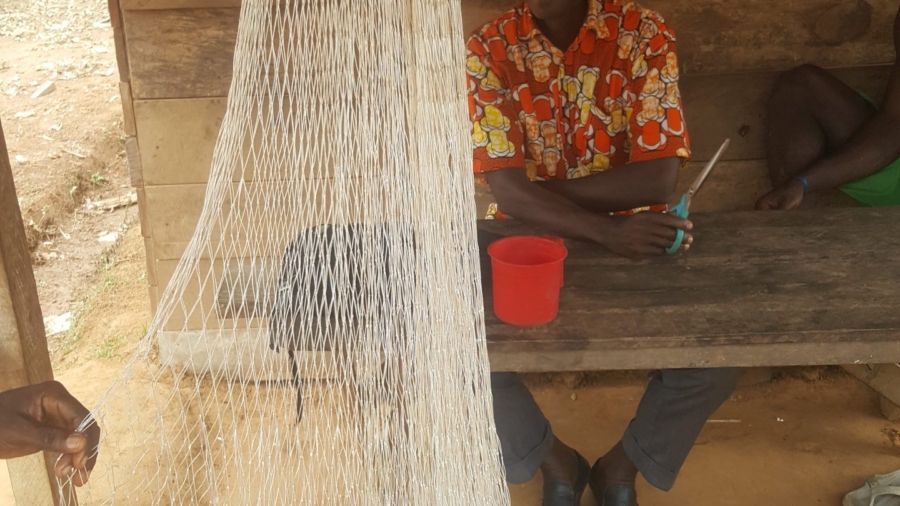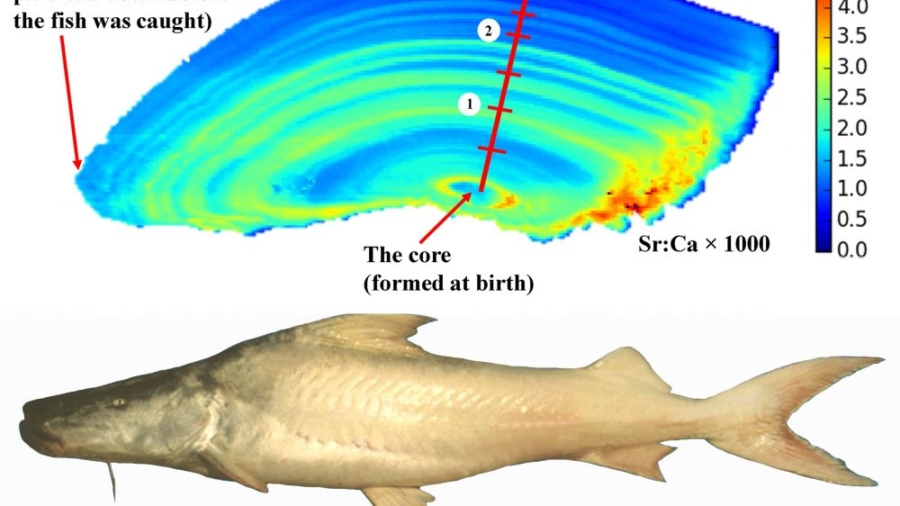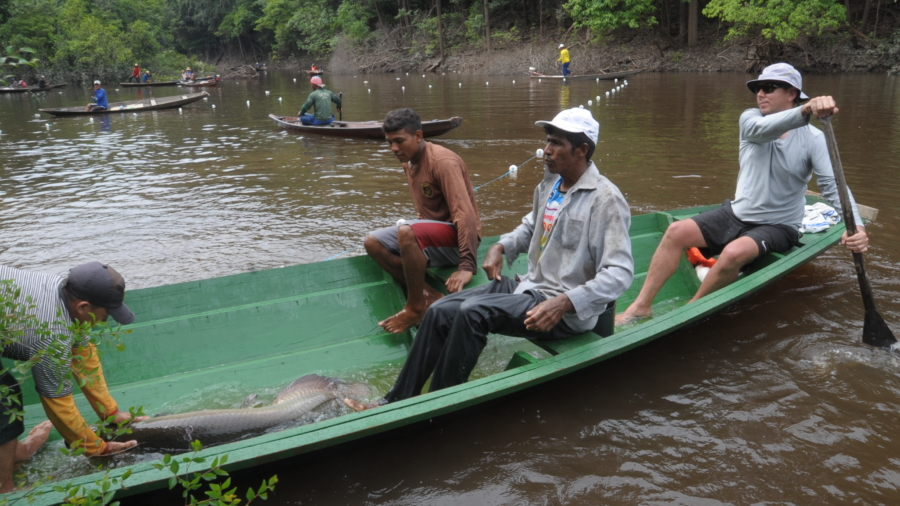Ph.D. Assistantship available for 2020–FILLED
A highly qualified and motivated candidate is sought to develop a PhD study on the broad topic of fish and fisheries ecology, genetics, and conservation in the Jurua River in the Brazilian Amazon…
Sustaining Amazon floodplain biodiversity and fisheries under climate change
Working and learning with stakeholders to preserve Amazon River floodplain biodiversity and fisheries in the face of climate change
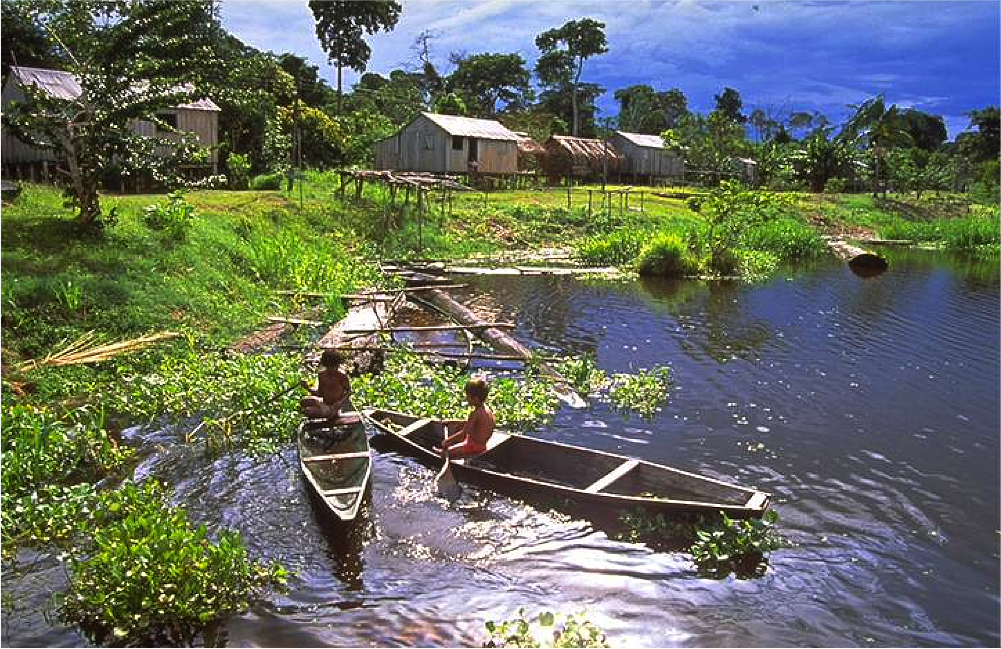
Our new project — funded by BNP Paribas — will combine remote sensing, hydrologic modeling, fisheries and habitat modeling, and participatory work with local riverine communities to develop policies and strategies to preserve Amazonian biodiversity and fisheries in the face of climate change. Involving researches from Brazil, France, UK, Canada, US, our lab’s contribution to this project will be developing empirical models of fish catch for all key commercial taxa, to project the effects on fisheries catch of altered river hydrology induced by potential future impacts of climate change.
New paper on “blind spots” on Amazon conservation
Energy development reveals blind spots for ecosystem conservation in the Amazon Basin

Energy development – as manifested by the proliferation of hydroelectric dams and increased oil and gas exploration – is a driver of change in Amazonian ecosystems. However, prevailing approaches to Amazonian ecosystem conservation that focus on terrestrial protected areas and Indigenous territories do not offer sufficient insurance against the risks associated with energy development. Here, we explore three related areas of concern: the exclusion of subsurface rights on Indigenous lands; the absence of frameworks for freshwater ecosystem conservation; and downgrading, downsizing, degazettement (loss of protection), and reclassification of protected areas. We consider these issues from the perspectives of multiple countries across the Amazon Basin, and link them directly to energy development. Finally, we offer suggestions for addressing the challenges of energy development for Amazon ecosystem conservation through existing policies, new approaches, and international collaboration.
Anderson, E., Osborne, T., Maldonado-Ocampo, J. Mills-Novoa, M., Castello, L., Montoya, M., Encalada, A., Jenkins, C. 2019. Energy development reveals blind spots for Amazon ecosystem conservation. Frontiers in Ecology and the Environment. pdf
BONDS “Balancing BiOdiversity CoNservation with Development in Amazonian WetlandS”

Funded by NSF, this project involving six countries will develop scenarios of biodiversity and ecosystem services for selected “whitewater” river floodplains of the lowland Amazon. Seasonally inundated by nutrient-rich sediments, these floodplains have historically been centers for human settlements practicing subsistence agriculture supplemented by fishing and hunting; whitewater floodplain districts are thus the most densely populated rural areas in central Amazonia. Over the past several decades, commercial jute cultivation, commercial fisheries, and the expansion of cattle ranching have disrupted traditional patterns of resource use. These impacts have been felt most heavily on the lower Amazon, where about half the floodplain forest cover was lost since the late 1970s. This reduced floodplain forest cover threatens both biodiversity and ecosystem services, since fish biodiversity and fisheries yields are strongly associated with floodplain forest cover. Our project group will assess the dependency of fishery yields by local fishing communities on floodplain hydrological connectivity and habitat structure.
Improved knowledge of the role of the forests for food security and nutrition
Funded by CIFOR, this project will assess the sustainability of fisheries in rivers of Cameroon and potential fish-forest relationships.
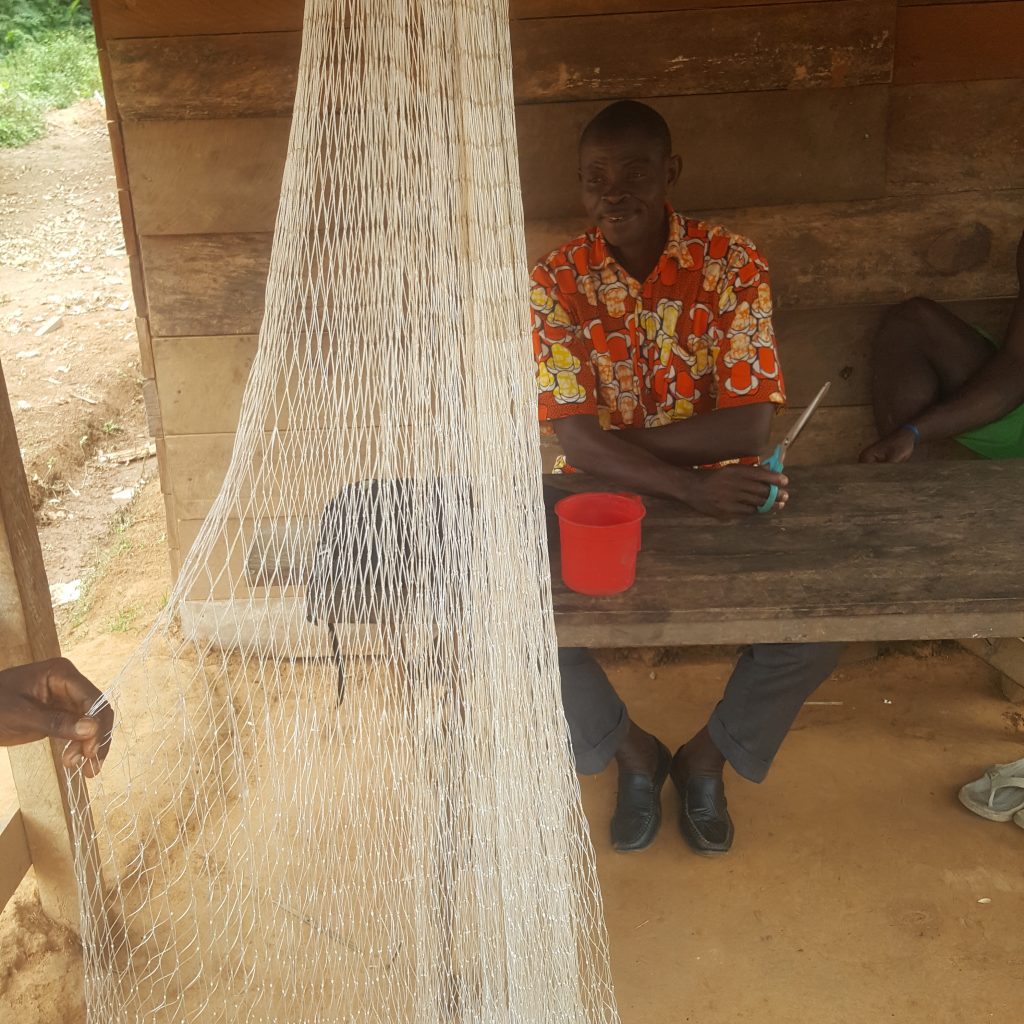
Amazonian Fish Life History Revealed by Otoliths
Scientists know relatively little about the thousands of fish species living in the world’s largest river system — from the primitive, boney-tongued Arapaima that is the largest fish in the Amazon to giant catfishes that undertake some of the longest migrations…
Researchers Complete Successful Tagging Expedition to Study Arapaima Habitat and Migration
A new arapaima migration and habitat study is now underway in the Piagaçu-Purus Sustainable Development Reserve in Amazonas, Brazil. A team of researchers from the Virginia Polytechnic Institute and State University (Blacksburg, Virginia), Carleton University (Ontario, Canada) and Instituto Piagaçu (Manaus, Brazil) collaborated in the first-ever tagging effort in the reserve in early November. The overall goal of the project is to understand the movement of arapaima and details of their preferred habitat to improve fisheries management and conservation.

“Understanding seasonal migration patterns of arapaima will allow fishers and managers in the region to better assess their populations as they set harvest quotas,” remarks Dr. Leandro Castello, Assistant Professor in Virginia Tech’s Department of Fish and Wildlife Conservation.
The team waited until the dry season to tag the fish, allowing them to more easily capture fish when water levels were at their lowest of the year. This is also the same time that the local fishermen harvest their calculated quota of fish from the areas inside the reserve.

Researchers partnered with more than a dozen local fishermen to capture and surgically implant radio and acoustic transmitters (tags) in 49 arapaima over the course of one week. The acoustic tags wirelessly communicate with receivers placed underwater to collect data. Similarly, the radio tags transmit frequencies that are detected using a handheld VHF receiver. The information provided by tags and receivers allows scientists to detect the location of the fish and study where they move. This is the first study of arapaima movement to combine acoustic and radio telemetry technologies.
“We have an amazing team of dedicated researchers and great support from the local communities, which makes this a really exciting project to be a part of.” says Gretchen Stokes, a Master’s Student in Virginia Tech’s Department of Fish and Wildlife Conservation. “I know that what we find will better inform local conservation decisions for this iconic species.”

Stokes will join biologist Thiago Petersen and their local field assistant next year to track arapaima movement using radio telemetry. The study extends through November 2015.
This project was made possible thanks to the generous support of the Instituto Piagaçu and the invaluable assistance of the fishermen who provided local knowledge and expertise while working tirelessly throughout the expedition.
To read more:


